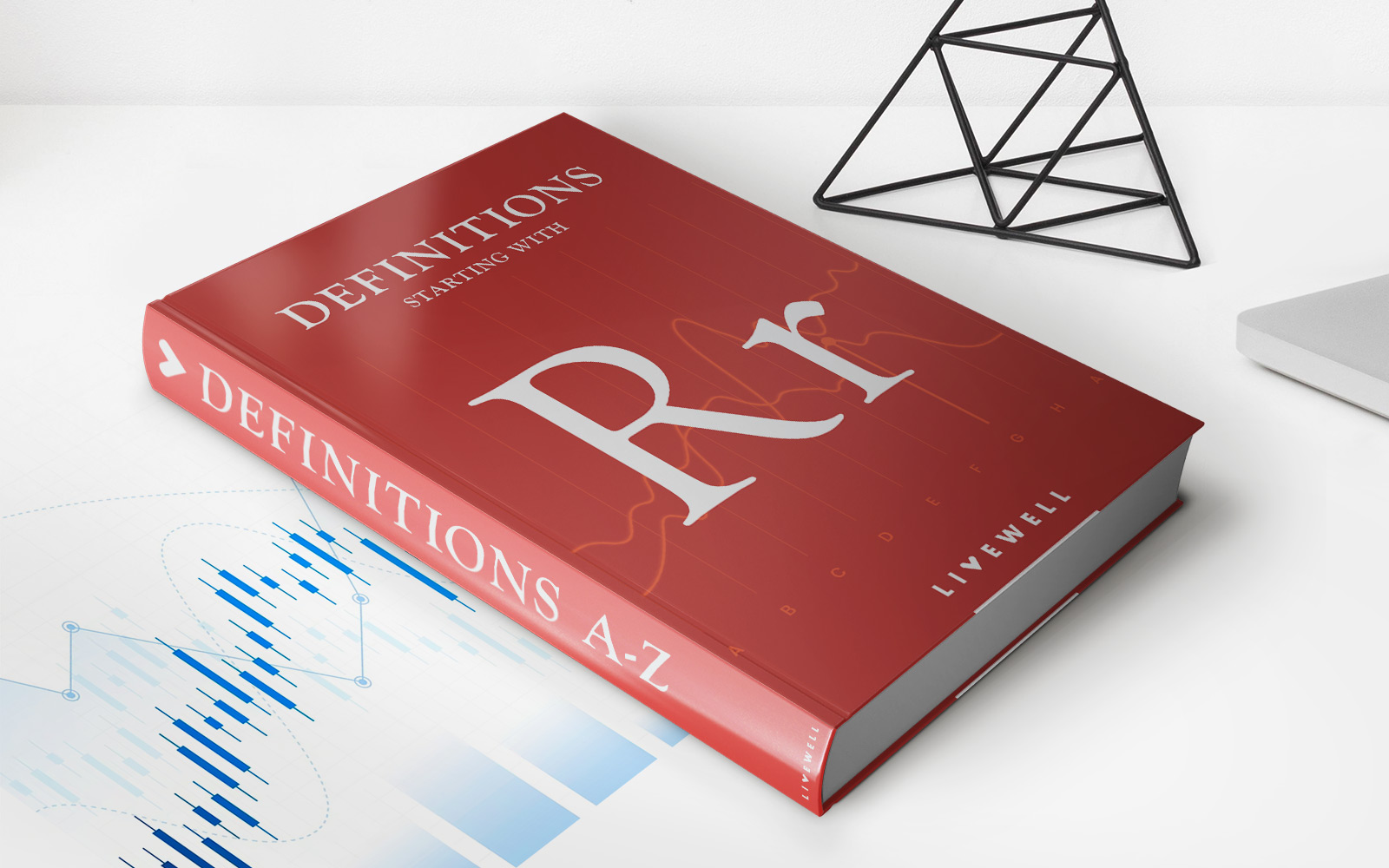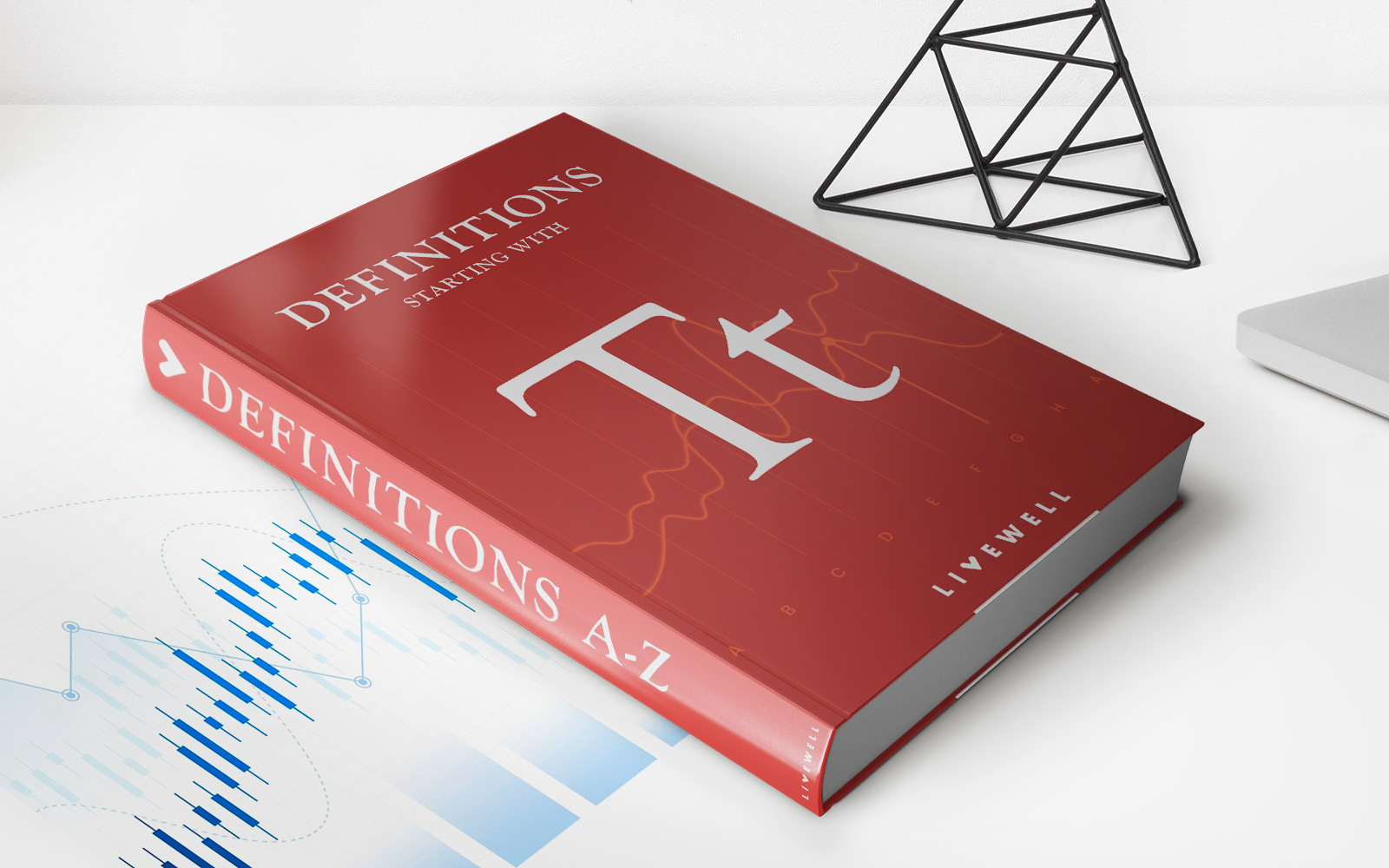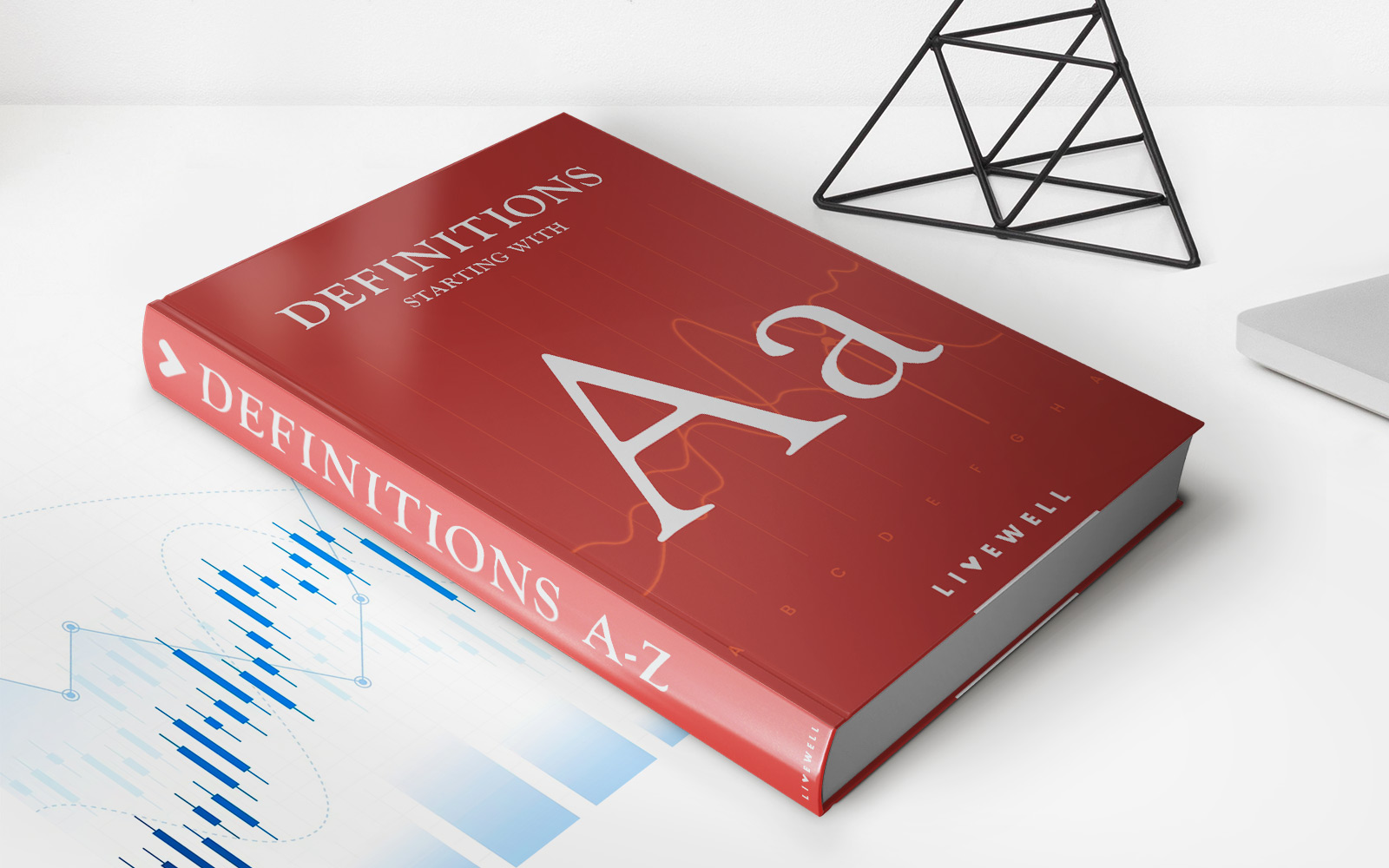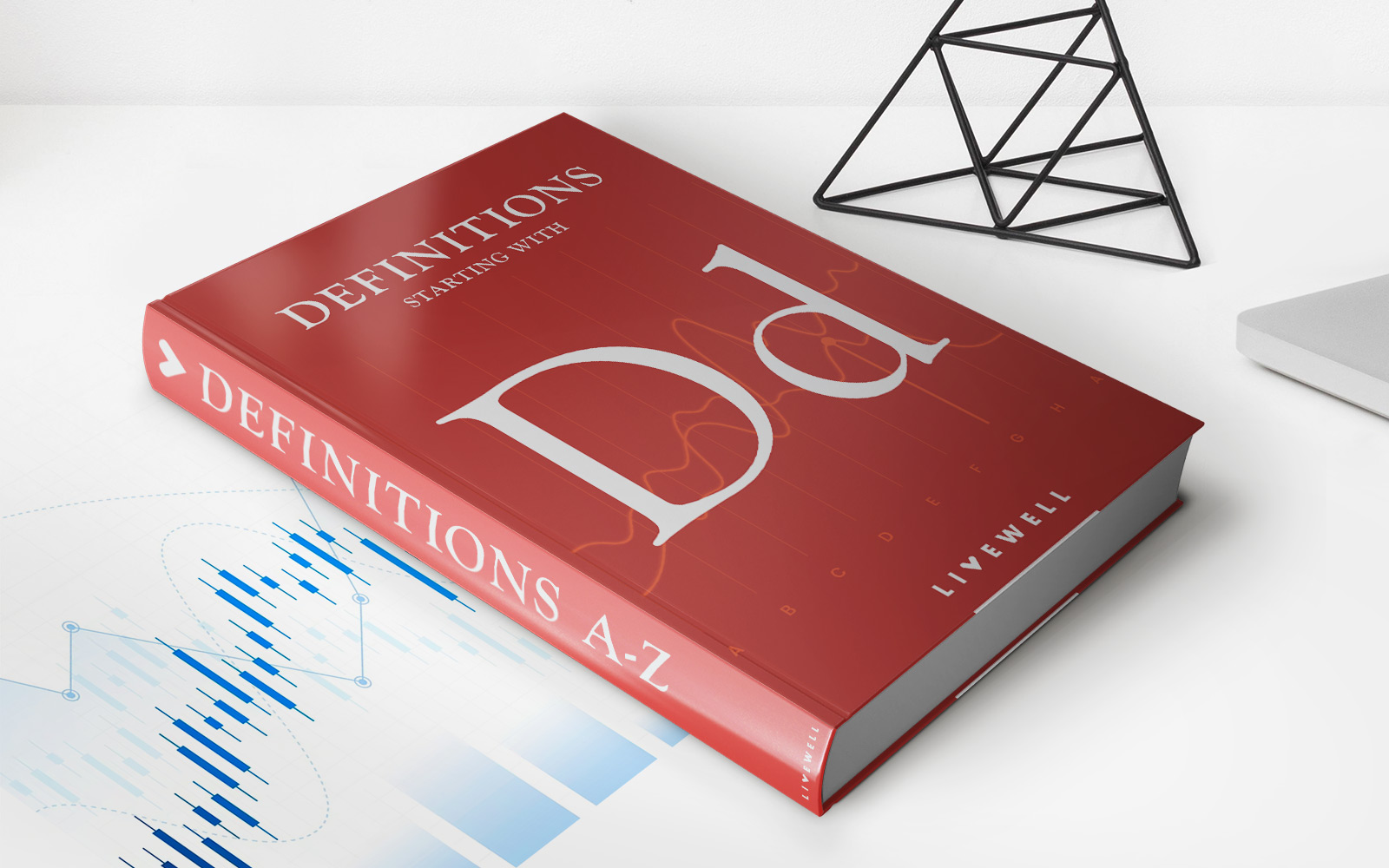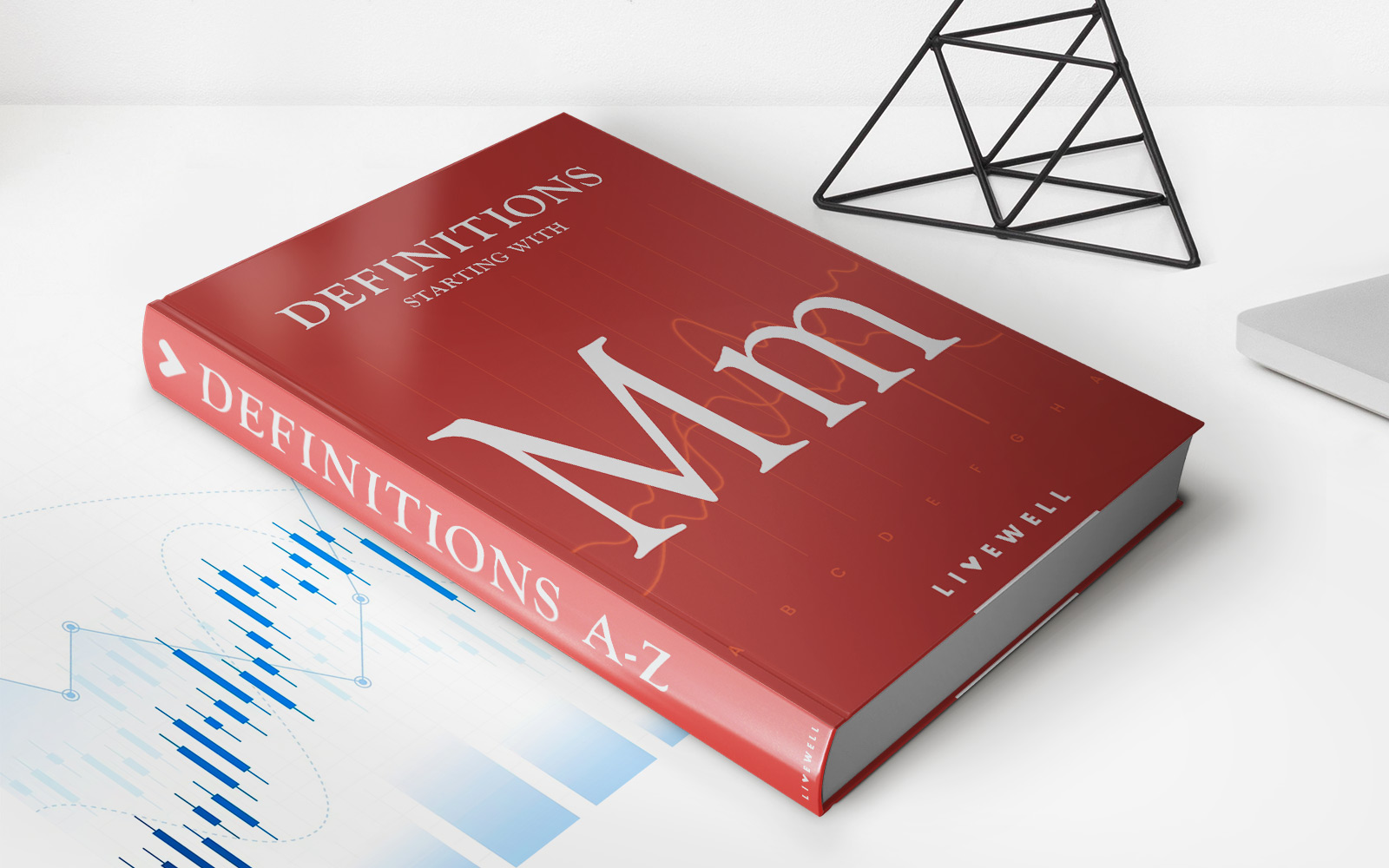Home>Finance>What Is Arc Elasticity? Definition, Midpoint Formula, And Example
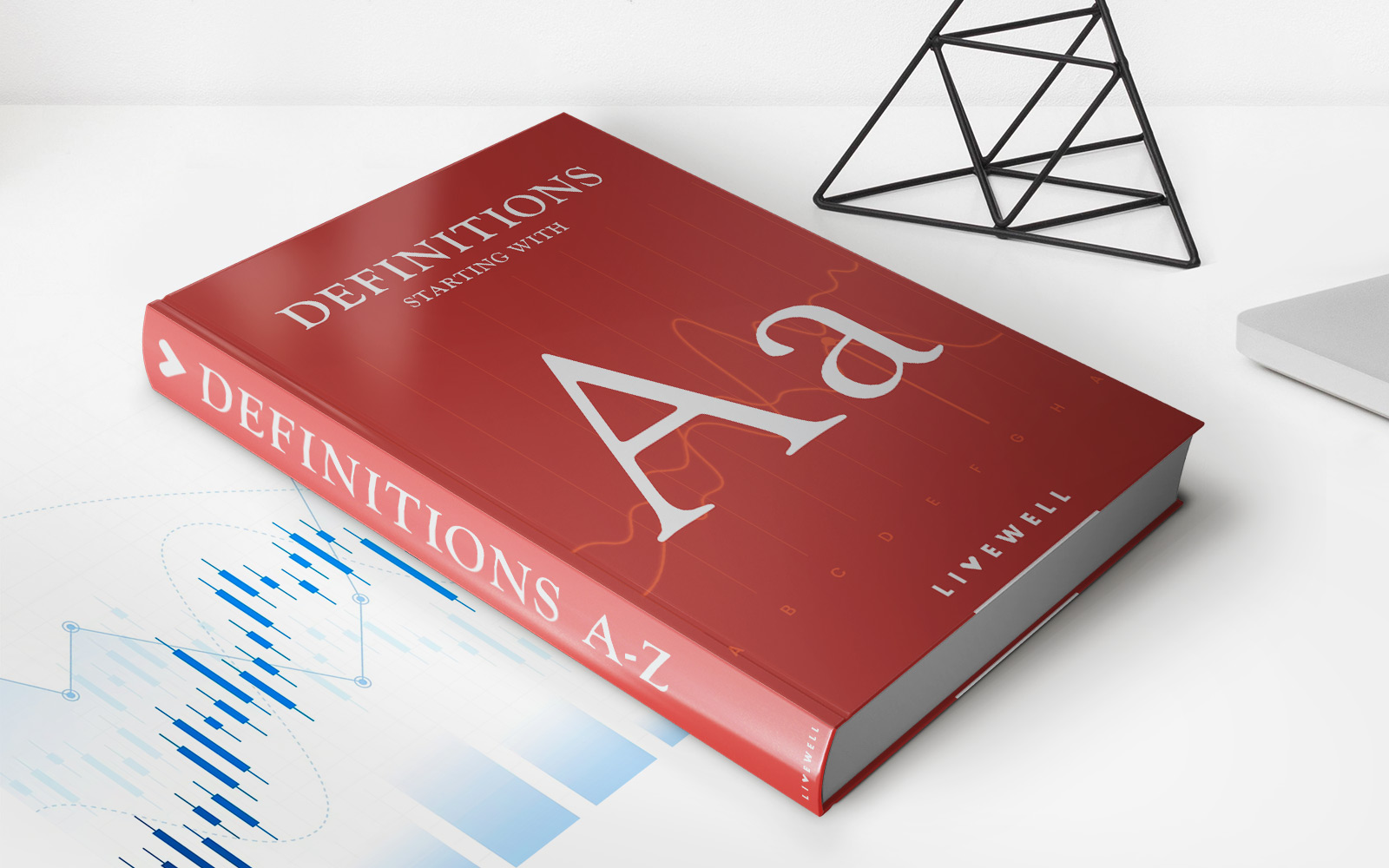

Finance
What Is Arc Elasticity? Definition, Midpoint Formula, And Example
Modified: October 10, 2023
Discover the concept of arc elasticity in finance with our comprehensive guide. Learn the definition, midpoint formula, and explore a practical example for a better understanding.
(Many of the links in this article redirect to a specific reviewed product. Your purchase of these products through affiliate links helps to generate commission for LiveWell, at no extra cost. Learn more)
Understanding Arc Elasticity in Finance
When it comes to understanding the dynamics of supply and demand in the world of finance, elasticities play a crucial role. One such elasticity, known as arc elasticity, provides valuable insights into how changes in price affect the quantity demanded or supplied. In this article, we will delve into the definition of arc elasticity, explore the midpoint formula, and provide an example to help you grasp this important financial concept.
Key Takeaways:
- Arc elasticity measures the responsiveness of quantity demanded or supplied to changes in price over a specific range.
- The midpoint formula is used to calculate arc elasticity and considers percentage changes in both price and quantity.
In finance, arc elasticity is a metric used to determine the sensitivity of the demand or supply of goods and services to changes in their prices. It takes into account not just the initial and final price points, but the entire range of prices in between. By considering a wider range of prices, arc elasticity provides a more accurate representation of the relationship between price and quantity.
The midpoint formula is used to calculate arc elasticity, and it considers the percentage changes in both price and quantity. This formula is especially useful when determining the elasticity between two points on a demand or supply curve. The formula for arc elasticity is as follows:
Arc Elasticity = ((Q2 – Q1) / ((Q2 + Q1) / 2)) / ((P2 – P1) / ((P2 + P1) / 2))
Let’s illustrate this concept with an example. Imagine a hypothetical market for smartphones, where the initial price is $500, and it increases to $600. At the same time, the quantity demanded drops from 100 units to 80 units.
Using the midpoint formula, we can calculate the arc elasticity as follows:
Arc Elasticity = ((80 – 100) / ((80 + 100) / 2)) / ((600 – 500) / ((600 + 500) / 2))
Simplifying the equation, we have:
Arc Elasticity = (-20 / 90) / (0.1)
After performing the calculations, we find that the arc elasticity of demand for smartphones in this scenario is -0.222.
This negative value indicates that the demand for smartphones in this market is relatively inelastic. In other words, the change in price has a minimal impact on the quantity demanded. If the arc elasticity were greater than 1 in absolute value, it would indicate that the demand is elastic, meaning that the quantity demanded would change significantly in response to price fluctuations.
In Conclusion
Arc elasticity is a valuable concept in the field of finance that helps us understand how changes in price impact the demand or supply of goods and services. The midpoint formula allows us to calculate arc elasticity accurately, taking into account the percentage changes in both price and quantity over a specific range. By utilizing this knowledge, market participants can make more informed decisions and better predict how changes in price will affect their business.
Key Takeaways:
- Arc elasticity provides insights into the responsiveness of quantity demanded or supplied to changes in price over a specific range.
- The midpoint formula is used to calculate arc elasticity, considering percentage changes in both price and quantity.
